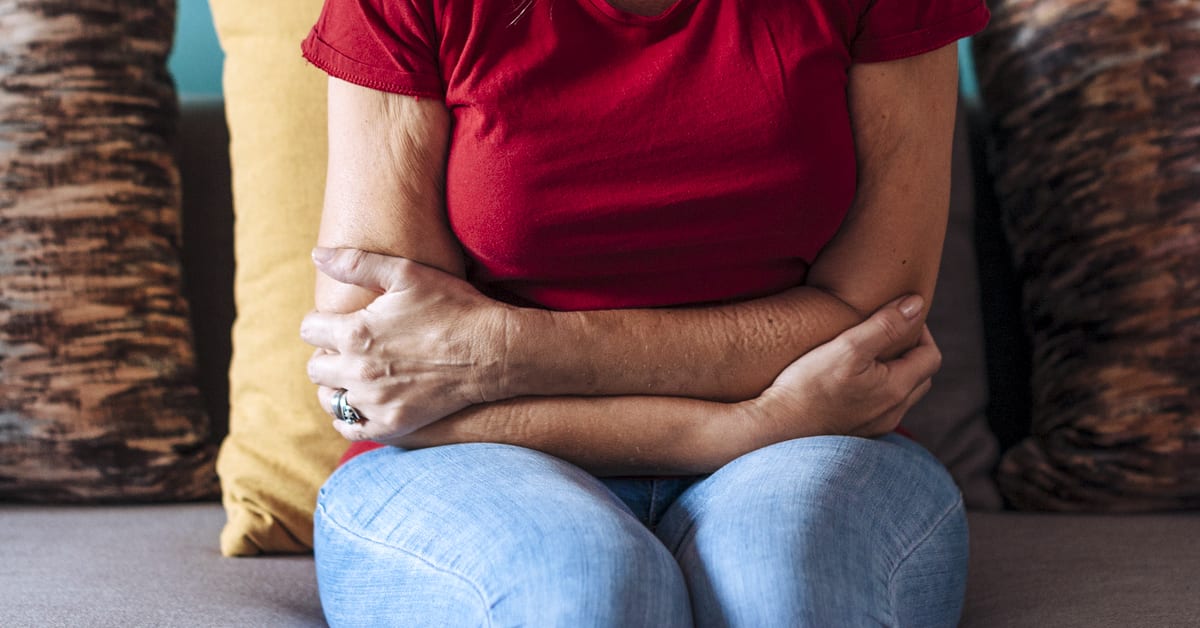Fibroids are abnormal growths that occur in the uterus of a woman and they could either cause heavy periods and severe pain in the abdomen or come with no signs/symptoms of any kind. Fibroid growths are usually benign (noncancerous).
Fibroids are of different types depending on its growth location in the uterus.
- Intramural fibroid
This type develops within the walls of the uterus and often increase in size, stretching the womb.
- Subserosal fibroid
They form on the outer part of the uterus called the serosa. Subserosal fibroids might grow large enough to make the womb look bigger on one side.
- Pedunculated fibroid
Pedunculated fibroids occur when subserosal tumors develop a stem.
- Submucosal fibroids
This type of fibroid develops in the myometrium (middle muscle layer) of the uterus, however, it is not as common as other types.
READ ALSO: Health care: Know more about Diabetes
Note that the main causes of fibroids are yet unknown but they are discovered to have factors that might incite their formation. The factors include;
- Family history: Generational occurrences of the condition will bring about the likelihood of a woman having it.
- Hormones: Production of hormones like progesterone and estrogen by the ovaries often stimulates fibroid growths.
- Pregnancy: Pregnancy causes the rapid increase of hormone (estrogen and progesterone) production. Fibroids usually grow rapidly with pregnancies.
Women who are above 30, pregnant, have high body weight or a family history of fibroid growths are at a greater risk of developing fibroids.
Symptoms vary according to type but generally, the signs can include:
- blood clotting and heavy bleeding between and during menstrual periods
- feeling of pressure or fullness in the lower abdominal area
- increased urination
- abnormal increase in period duration
- a swelling/enlargement of the abdomen
- painful intercourse
- feeling pain in the lower back or pelvis region
Fibroid growths can be treated both with surgery and medication, but remedies like curbing intake of high-calorie foods and taking foods rich in vitamins and minerals instead, managing your stress level, regular massages and losing weight if overweight can positively benefit women with it.




 Premier League
Premier League